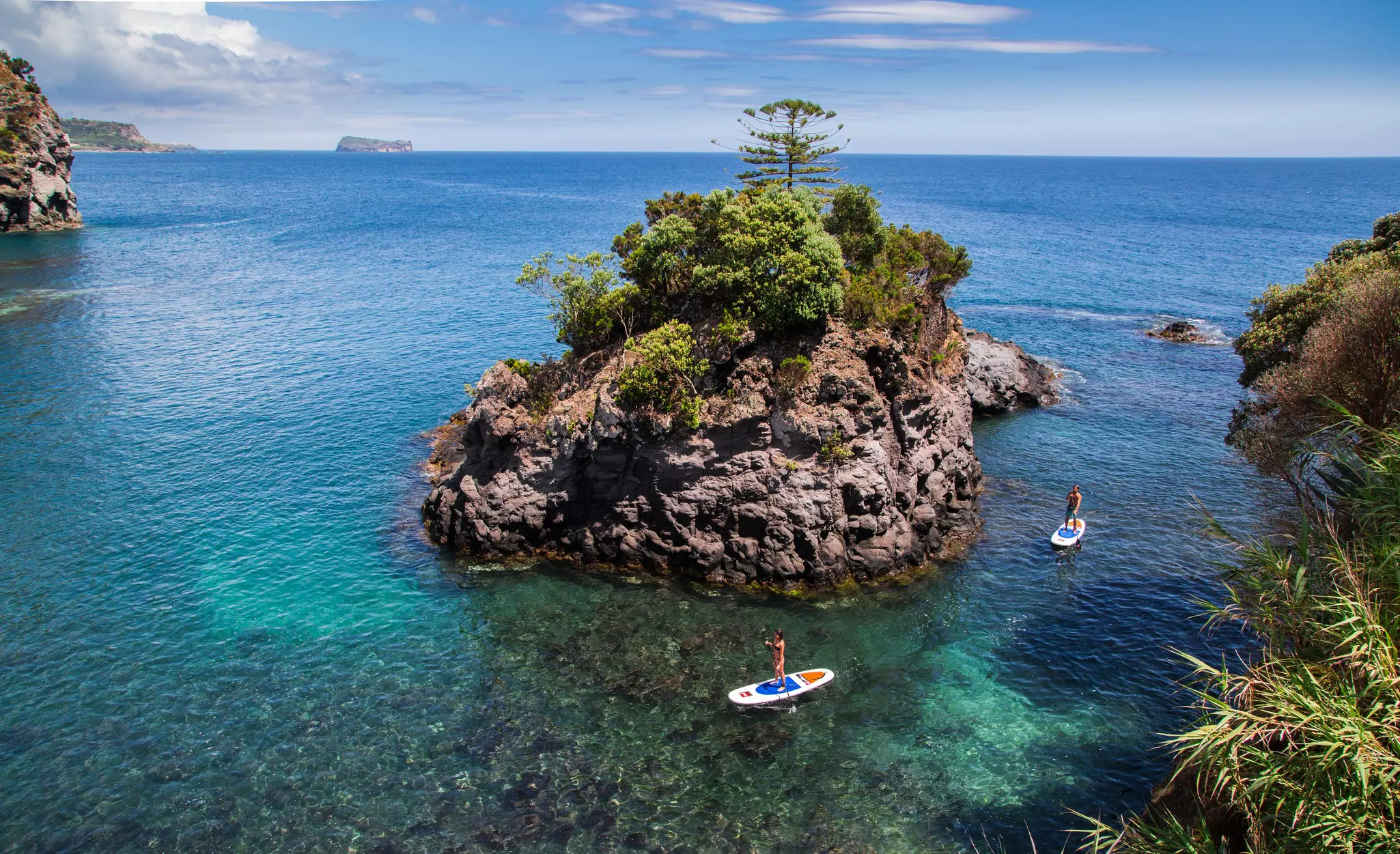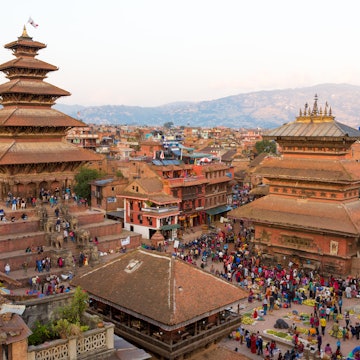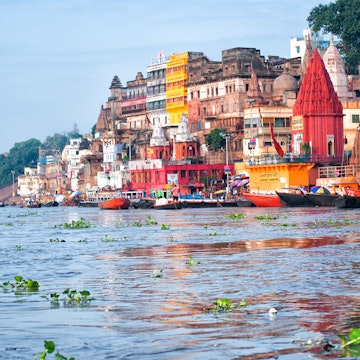

The Aga Khan Palace, Pune, Maharashtra, India. Dinesh Hukmani/Shutterstock
In Pune – Maharashtra’s second city – historic buildings bump up against sparkling new apartment buildings, while academic institutions and tech hubs have earned the city the nickname the “Oxford of the East.” Expect a totally different vibe from the state’s bustling capital, Mumbai.
Culturally, Pune is famed for its religious harmony, with a Hindu majority (you’ll see temples and shrines devoted to Lord Ganesh everywhere), plus sizeable Muslim, Christian and Buddhist communities.
Once you’ve visited the city’s heritage buildings such as Shaniwar Wada and Aga Khan Palace, Pune is also a great base for forays into the Maharashtrian countryside. It’s also the headquarters for the controversial Osho International Meditation Resort, founded by the late guru Bhagwan Shree Rajneesh, which draws a steady stream of enlightenment seekers from around the globe.
As Pune is not on the radar of most international tourists, it’s easy to be mistaken for a foreign resident here – which means you’ll mostly be left to your own devices. Expect a low-key, local experience of life in a vibrant city where there is somewhere new to eat, drink or hang out popping up every other week. What’s more, female travelers can rest assured that a woman out and about on her own is not unusual enough to draw too much attention.
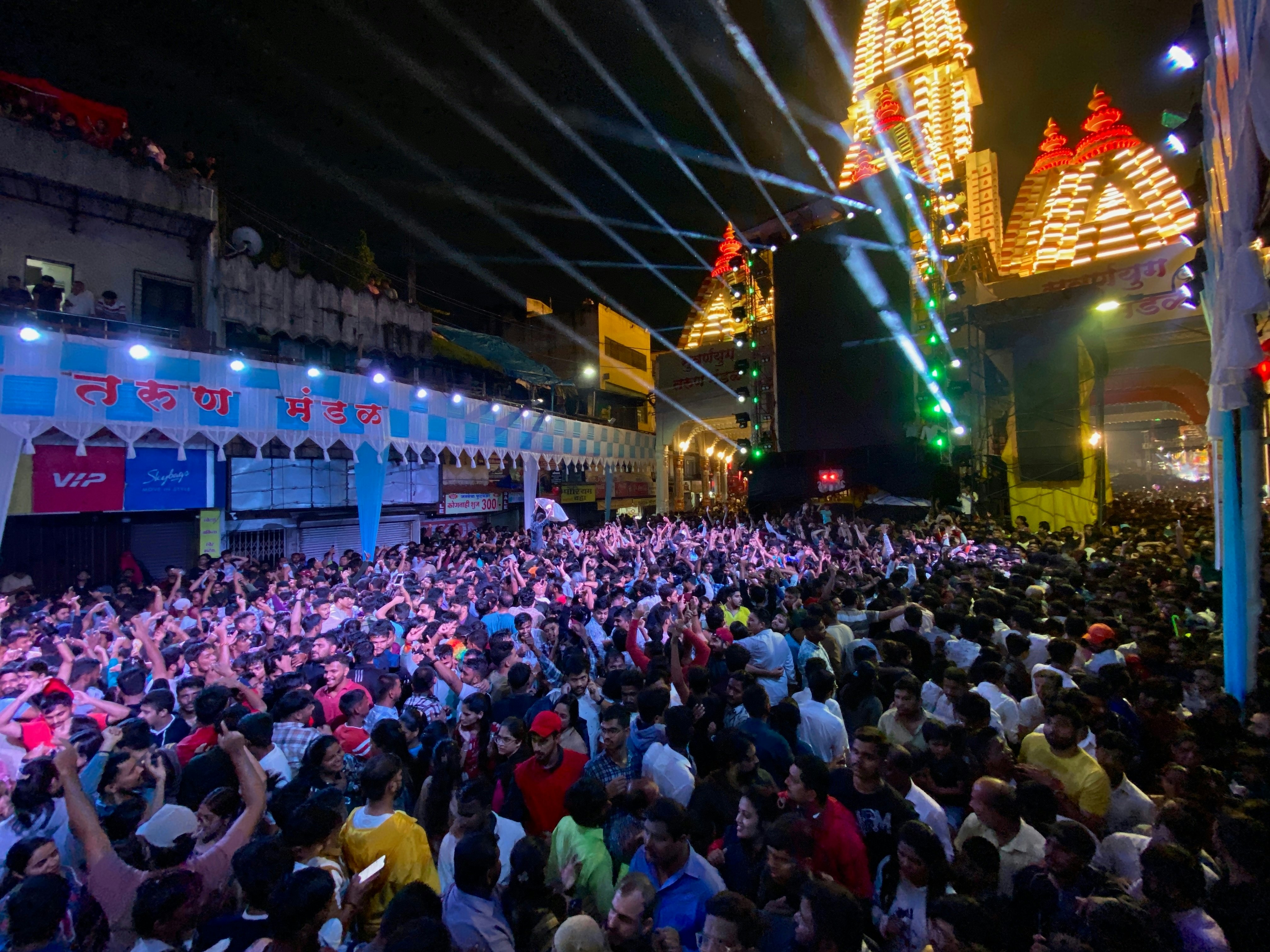
Why visit Pune now?
Among Pune’s key draws: its lack of foreign tourists (it’s a popular getaway destination for locals). To increase its international appeal, the city is keen to improve the accessibility and marketing of ecotourism options in the area. Beyond the city limits are lush hills dotted with crumbling forts and dramatic waterfalls.
Every year, Pune has a packed calendar of lively religious festivals and special events to mark major holidays. Time your visit right and you may be swept up in the kind of street procession you’ve never experienced before.
As one downside of its rapid development, Pune does suffer from heavy traffic congestion. The city has only two metro lines (another is under construction), while walking anywhere (except for some closed-off alleys in the Old City) means trailing along roads choked with cars, buses and autorickshaws all vying for the right of way.
Even so, these same roads are lined with towering neem, peepal and vine-dripping banyan trees, plus gates festooned with tangerine and marigold garlands. Such greenery gives Pune a garden-like vibe even amid all the exhaust and car horns.
Pune’s best experiences
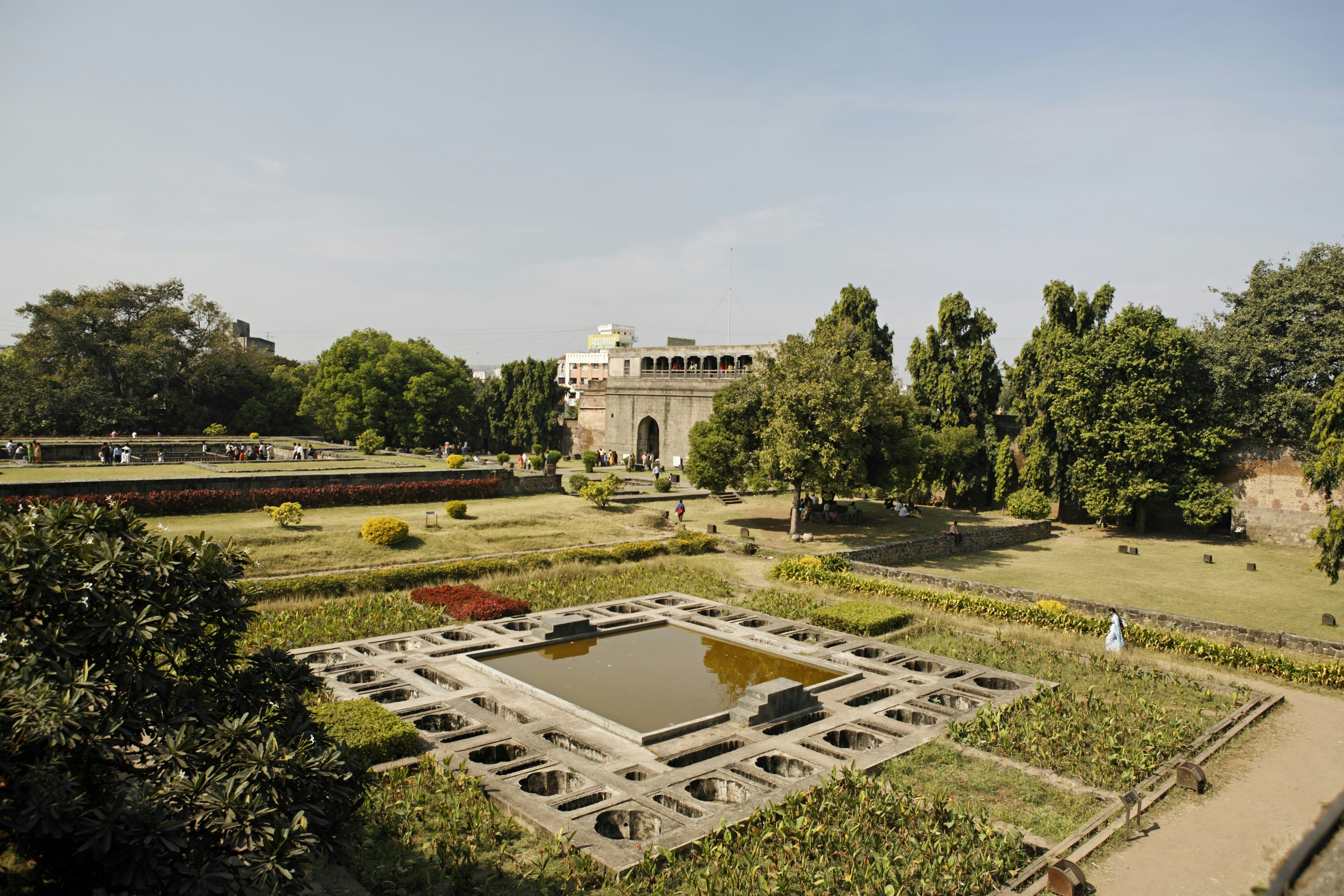
Wander the ruins of Shaniwar Wada
The vast ruins of Shaniwar Wada hint at the opulence of this former multi-story palace and fortification. Built in 1732, the complex served as the seat of the Peshwas of Maratha before an unexplained fire in 1828 destroyed it. The surviving structures are now a major tourist sight right in the heart of Pune.
Walk the fort walls and look out at the streets of the Old City, then wander among the signposted ruins and imagine life during the heyday of the Maratha empire. The shade cast by the large trees that dot the site attracts family groups settling in to picnic in the grounds.
Planning tip: Since the QR code to buy tickets at the entrance requires an Indian bank account, bring cash, and pay at the ticket office just inside. Note that as at many sites in India, foreigners are charged more than locals.
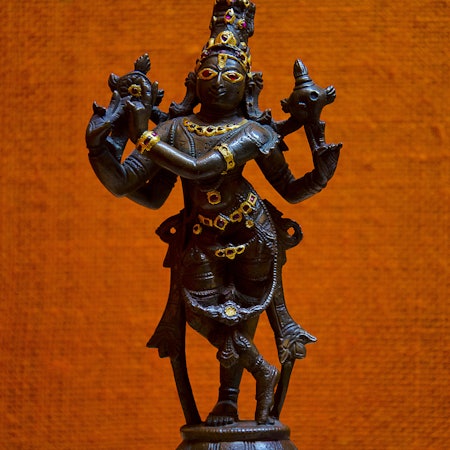

Marvel at the Raja Kelkar Museum collection
Just a 20-minute (1½km/1 mile) walk south of Shaniwar Wada through the Old City, this delightful museum – established by writer, editor, art collector and historian Dr Dinkar Gangadhar Kelkar – occupies a sprawling three-story building.
Named for its founders’ deceased son Raja, the museum displays just a fraction of the 22,000 artifacts from all over India Dr Kelkar collected in his lifetime. You’ll see statues, writing instruments, lamps, textiles, toys, hookah pipes, furniture, puppets and betel-nut cutters (some of the cutters merit a 18+ warning for their eroticism), all displayed mostly in glass cabinets across over a dozen rooms. It’s a fascinating collection; leave a good couple of hours to explore.
Planning tip: It costs extra to take photos inside the museum – and it’s worth the extra few rupees. Payment is made at the ticket office at the entrance. On your way to the museum, look out for the opulent Dagdusheth Halwai Ganapati Temple.
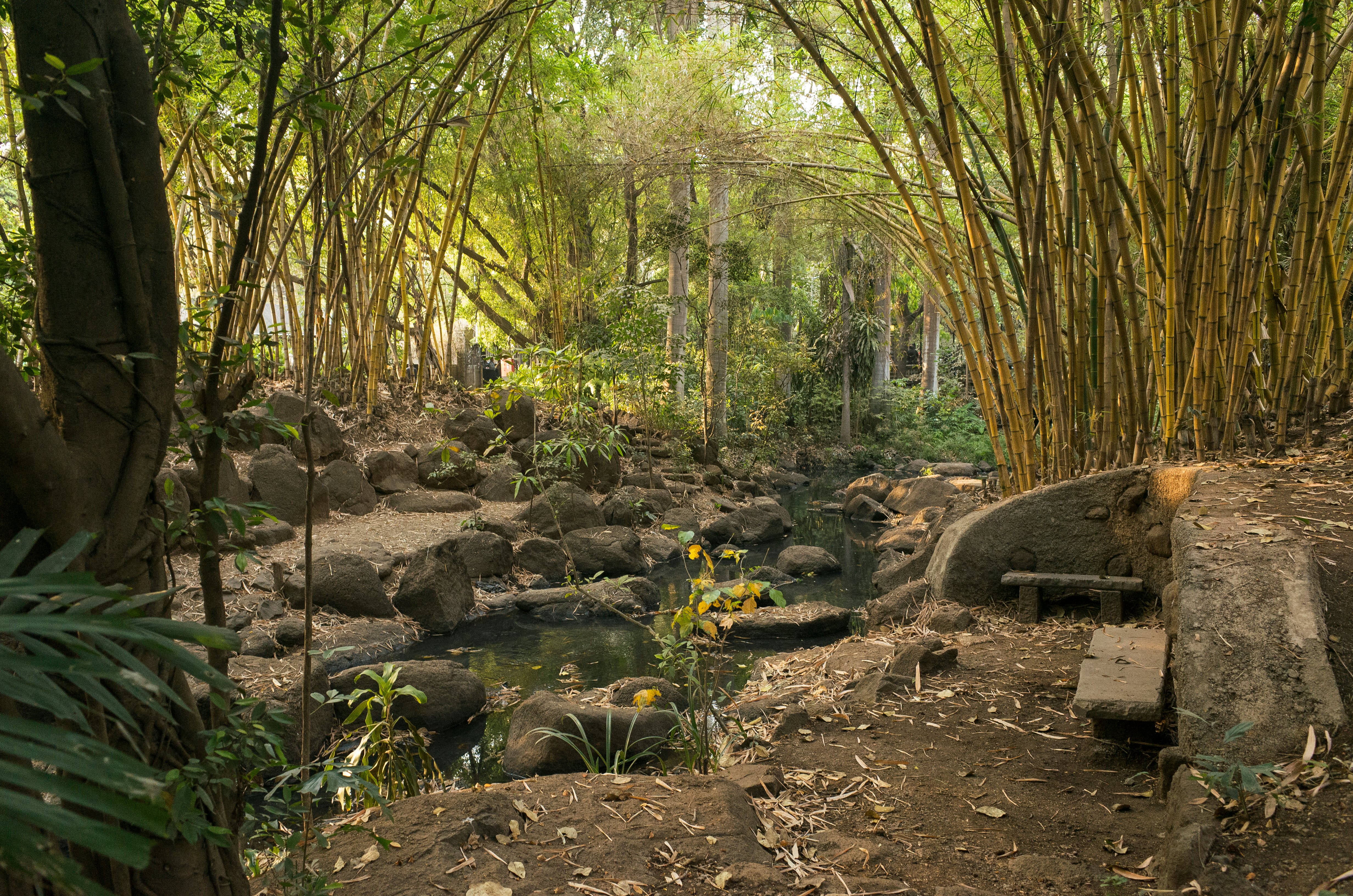
Bird-watch at Osho Teerth Gardens
With its large bamboo stalks, rock gardens, lush stands of trees, a gurgling brook and walking trails, this 12-acre park is an unexpected oasis in the middle of the urban Koregaon Park neighborhood. You’ll see couples wandering about, stopping to pose for each other, as well as crimson-robed visitors from the neighboring Osho Meditation Resort soaking up the tranquility.
But the real treat is the birdlife. As well as listening to the varied calls in the trees above, you can easily spot kingfishers, Asian koel, Indian grey hornbills and adorable red-whiskered bulbuls if you find a quiet nook.
Planning tip: The gates to the gardens are only open from 6am to 9am and then 3pm to 6pm; mornings attract local joggers keeping fit away from the main thoroughfare.
Learn about Pune’s role in history at the Aga Khan Palace
Set in a 17-acre estate, the ornate Aga Khan Palace was commissioned in 1892 by Sir Sultan Muhammad Shah Aga Khan III. One of the founders of the All-India Muslim League during the British colonial era, the Aga Khan conceived the building as a charitable project to create employment for hundreds of impoverished residents.
Its distinctive architecture blends Indo-Saracenic and European styles. In 1942, Mahatma Gandhi and other prominent nationalist leaders were imprisoned here by the British following Gandhi’s Quit India campaign.
Today, the palace houses the Gandhi National Memorial, where you can see the room where Gandhi lived, with photos and paintings recalling moments from his life. Sadly, both Kasturba Gandhi (his wife) and Mahadeobhai Desai (his secretary for 35 years) died in confinement here: you’ll find shrines containing their ashes in a quiet garden to the rear.
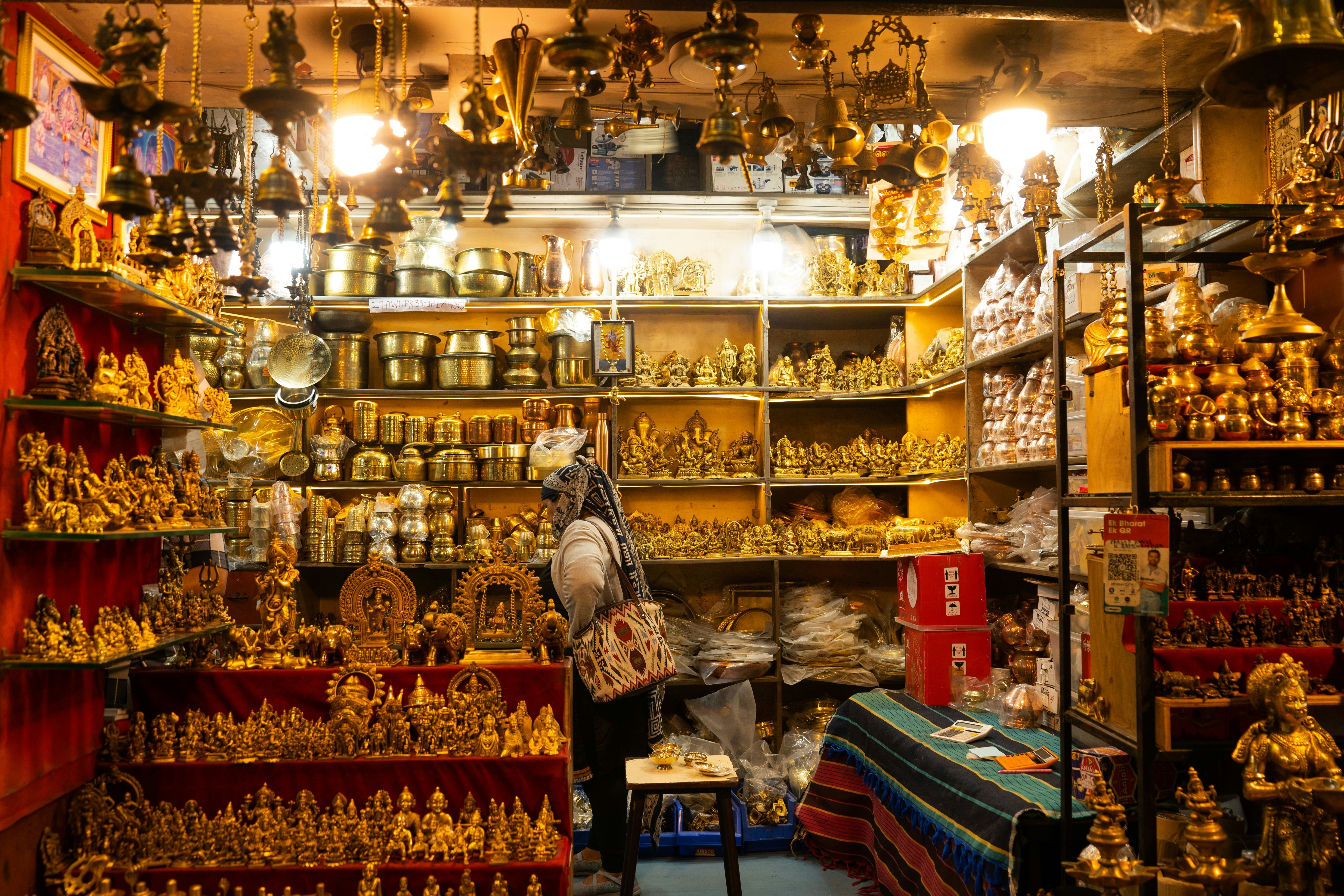
Go market shopping and bar hopping on FC Road
Close to Pune’s major education institutions, Fergusson College Road (or FC Road) is a busy boulevard lined with busy markets. It’s the place in Pune to go shopping for clothes, books, jewelry and souvenirs. It’s also home to dozens of excellent (and busy) places for a quick bite to eat.
Set back from the main road are more-modern cafes and coworking spaces with air-conditioning and calming muted-tone decor, such as Bookavibe. If you’re here after dark, a number of restaurants morph into late-night bars, where you can enjoy cocktails and a bite to eat, and listen to live music and DJs. Start at FC Road Social at the north end – and see where the night takes you.
Go beyond the headlines at Osho Meditation Resort
Indelibly linked with Pune’s identity, this iconic ashram-resort has been drawing thousands of sanyasins (seekers) since the death of its founder, the “sex guru” Osho (Rajneesh), in 1990. With its swimming pool, sauna and spa, it’s the ultimate place to indulge in some deluxe wellness – even with the meditation center’s slightly controversial reputation.
Detractors point fingers at the resort’s commercialization and high cost, accusing it of marketing a packaged version of the mystic East to rich, gullible Westerners (fans of The White Lotus season 3: take note). The reputation of Osho’s teachings is also colored by serious allegations leveled against him, dating back to the 1970s and 1980s.
All that said, the cost of the daily program of meditation, tai chi and yoga, Sufi whirling, talks, kundalini yoga exercises and silent sitting, is pretty reasonable by Western standards – ₹2000 (US$23) for one day and ₹5100 (US$60) for three days. Plus, the serene grounds and Zen vibes are undeniably alluring. There’s an onsite cafe, bookstore and a place to buy your robes (yes – it does still look a little bit culty).
Take your tastebuds on a tour in Koregaon Park
This leafy, upmarket neighborhood in the city’s east is packed with great restaurants for breakfast, lunch and dinner. You can eat across the globe at spots serving varied Indian cuisines, plus Middle Eastern, Japanese, Malaysian, Thai, Chinese, Mexican, Italian and other European options.
There are also cafes that welcome laptops; brunch spots where dishes are as visually appealing as they are tasty; and several restaurants where live music or Indian Premier League cricket take center stage. Among the best places to dine out at the moment are Chafa Cafe, Farro, Pimlico 2.0, Malaka Spice, Donna Cucina, Sassy Spoon and made-for-Instagram The Camden Lane. Follow the Pune Foodie for the latest dining hot tips.
It’s also very easy to order a delivery from many of these food stops using apps such as Swiggy and Zomato, if you just need a night in at your hotel.

Hike to a mountaintop fort
If you can arrange a car and driver for the day, there are a number of stunning hikes around 25km (15½miles) to 50km (31 miles) from Pune, in the Western Ghats. The most accessible is the Sinhagad fort hike, a moderate-grade trek with some steep climbing at the end. During your climb, you’ll be rewarded with views of conical green hills and spectacular valleys.
While guides might tell you that the way to Raigad Fort is an “easy hike,” count on some 1700 steps to get to the top at a fairly high altitude (1356m/4449ft above sea level); plan accordingly. The highest of the three at 1402m (4600ft), the Torna Fort trek demands a high fitness level – and the views are incredible (as long as the clouds make way).
The best time to attempt these hikes is during or just after the monsoon season, when the hills will be dripping with rain and mist and you can stop in at some dramatic waterfalls on your way. In the height of summer, grass smoke and blazing heat make it a much less appealing adventure.
Carry plenty of water and energy bars and snacks to refuel, plus insect repellent, comfortable hiking shoes, a quick-drying t-shirt and trousers, as well as wet-weather gear like a plastic poncho or umbrella.
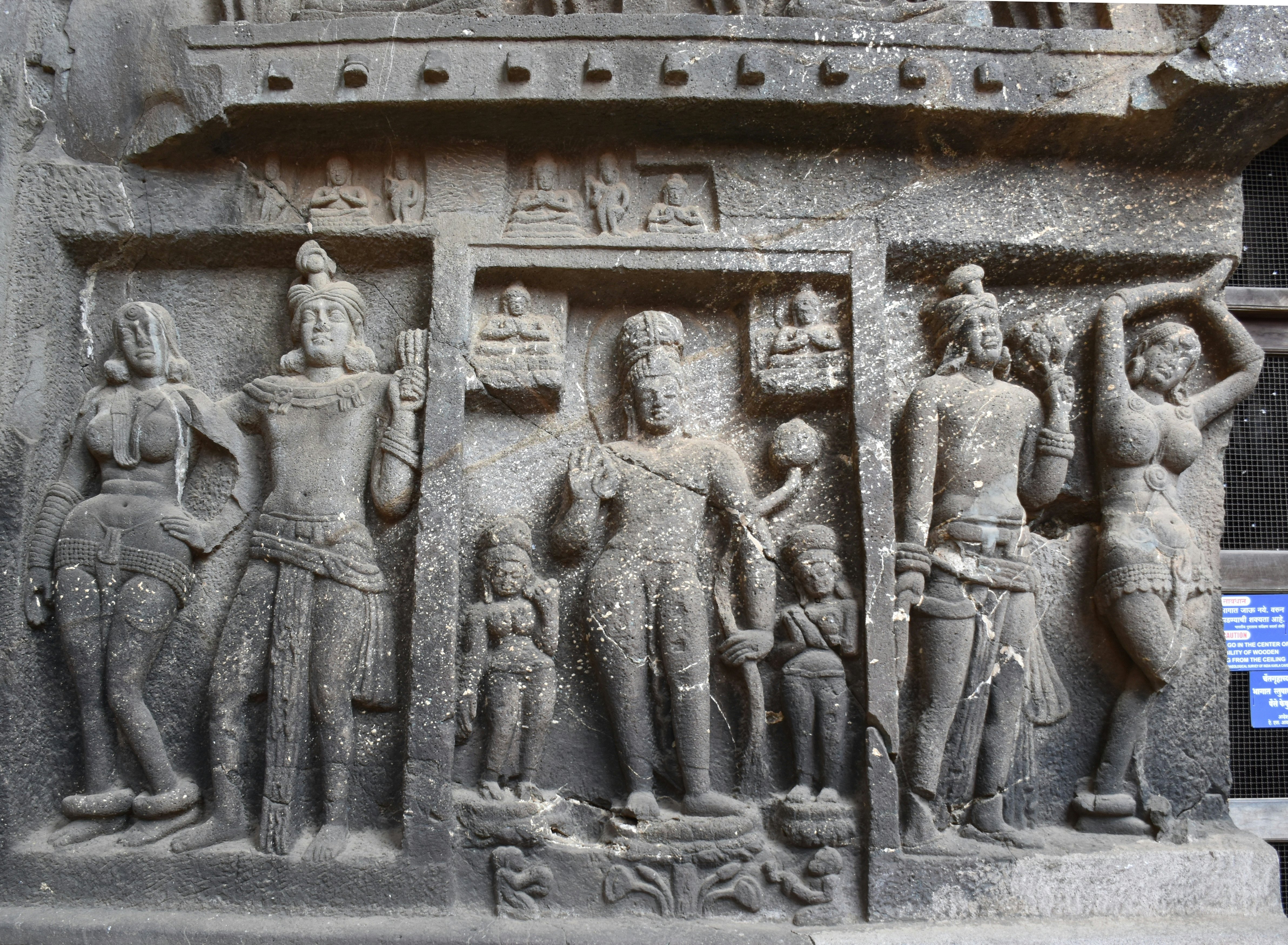
Explore Buddhist caves or take a yoga course at Lonavala
A popular hill station about 70km (44 miles) northeast of Pune (and on the train route to Mumbai), Lonavala can be visited on a day trip or as a detour on your way to the state capital. The main reason to visit is to see the incredible complex of ancient Buddhist Indian rock-cut shrines known as the Karla and Bhaja Caves.
If you have time to stay longer, Lonavala is also home to Kaivalyadhama Yoga Institute & Research Center, the oldest scientific yoga center in the world, where yoga courses are complemented by naturopathic therapies. Other retreats around Lonavala offer classes in a variety of yoga practices, meditation and nature-based wellness experiences like shinrin yoku (forest bathing). The town also has numerous spas, including high-end ones, if pampering is more your style.
Where to stay in Pune
If dining out and spending time at the Osho Meditation Resort are on your must-do list, then base yourself in Koregaon Park. You’ll find accommodations at the Osho resort itself, or at nearby Sunderban Resort. For a reasonably priced but slightly more business-hotel vibe, Bloom, tucked down a quiet street, is a decent option. Most major international hotel brands, from the Novotel to JW Marriott, also have properties spread across the city.
For shopping, bar hopping and being close to the major sights, try the budget to mid-range hotels around Fergusson College Rd. It’s best to search for recommendations on aggregator sites and filter by the “latest reviews,” as older online reviews often belie the current state of a place.
If you’re staying a while and fancy a rural retreat beyond Pune, you can find lots of farm stays nearby, while Lonavala is awash with resorts to unwind in. In the gorgeous Mulshi Valley, the four-star resort Golden Fields has an outstanding on-site restaurant, while the eco-agritourism retreat One Earth runs wellness-focused workshops.
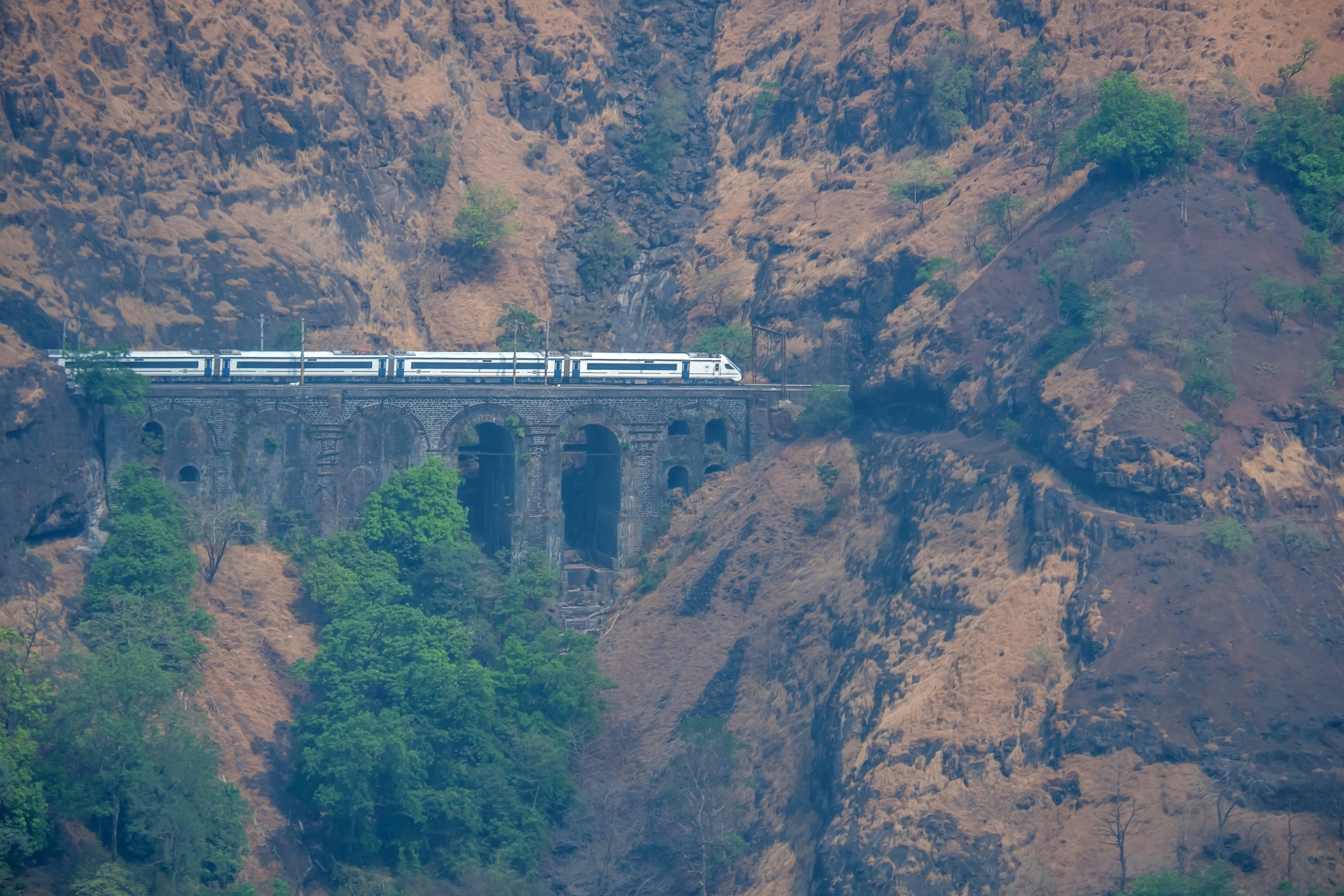
How to pair a visit to Pune with a visit to Mumbai
To combine a trip to Mumbai with one to Pune, you can catch a train, intercity coach or rideshare taxi; the two cities lie 150km (91 miles) from one another. The train follows a scenic four-hour route via Lonavala – and it’s possibly the safest option given standards of road safety in the region.
To book train tickets, you can use the official IRCTC Rail Connect app, or third-party apps like MakeMyTrip. See Lonely Planet’s article on getting around in India for more train travel advice.
The cost for a car (booked on Uber) is around ₹3500 (US$40), and the trip takes three to five hours, depending on the traffic. Both government and private buses run regularly between Pune and Mumbai, but they can be crowded and the journey time will vary depending on the number of stops.


